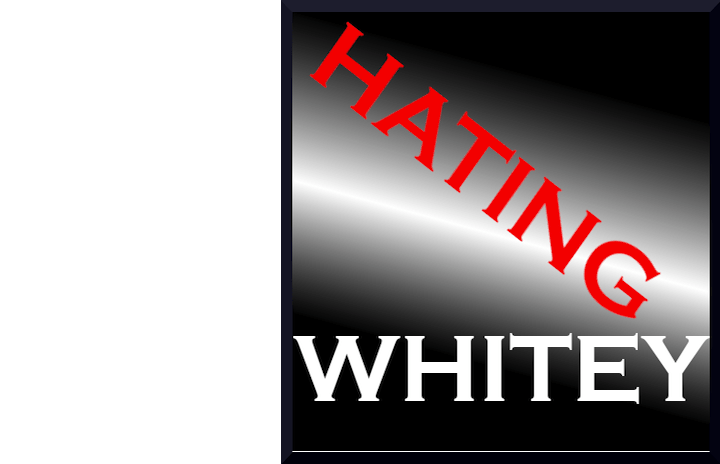Catholic League president Bill Donohue comments on the growing hatred of white people:
Over two decades ago, David Horowitz wrote a book, “Hating Whitey: And Other Progressive Causes,” that detailed how “Ideological hatred of whites is now a growth industry, driven by ‘civil rights’ activists and liberal academics.” Matters have only gotten worse. Now more than ever, “Hating Whitey” is in vogue.
“I hate white people.” You can’t get more declarative than that. The author, Damon Young, wrote that when he was a contributing opinion writer for The New York Times. It is a sure bet that the newspaper does not employ anyone who admits, “I hate black people.” That would be racist.
Young is not your ordinary racist. He is a specialist. He says he brushes his teeth with “black toothpaste,” and delights in using white toilet paper. He also adds a gallon of chocolate syrup to his daughter’s bottle of milk, while acknowledging that it is unhealthy: “She will have Type 2 diabetes at 4. But you can never be too young to reject anti-blackness and anti-black-ass cow’s milk.”
Some will say that this is satire. Sure it is. But it is also who he is.
Young says he likes to say the Lord’s Prayer with his family, but prefers not to end it with “Amen,” but with “And then kill whitey.”
He wrote that in 2018. This year he doubled down, writing a piece, “Whiteness Is a Pandemic.” On St. Patrick’s Day, Young told us that “Whiteness is a public health crime. It shortens life expectations, it pollutes the air, it constricts equilibrium, it devastates forests, it melts ice caps, it sparks (and funds) wars,” etc. Oh, yes, he is still a New York Times contributing opinion writer.
Dr. Chanequa Walker-Barnes teaches theology at Mercer University in Macon, Georgia. She recently showcased her theological training in a chapter she wrote in a new book. Here is her first paragraph. “Dear God, Please help me to hate White people. Or at least to want to hate them. At least, I want to stop caring about them, individually and collectively. I want to stop caring about their misguided, racist souls, to stop believing that they can be better, that they can stop being racist.”
In May, Dr. Donald Moss published a piece in the Journal of the American Psychoanalytic Association, “On Having Whiteness.” He is a white male who splits his time teaching at the New York Psychoanalytic Institute and the San Francisco Center for Psychoanalysis. He contends that “whiteness” is a “malignant, parasitic-like condition” that makes the host person “voracious, insatiable, and perverse,” noting that there is “not yet a permanent cure.” This was a peer-reviewed article.
In June, Mara Gay, who is a member of the New York Times editorial board, said she spent a weekend on Long Island and was very upset with what she saw. She said it was “disturbing” to see “dozens of American flags.” She interpreted the American flag to mean, “This is my country. This is not your country.” When Gay, who is part black, was criticized, she blamed what she called “Whiteness.”
When professionals promote “Hating Whitey,” it is not without consequence.
In April, Dr. Aruna Khilanani, a New York City psychiatrist, told a Yale audience that she fantasizes about “unloading a revolver into the head of any white person that got in my way, burying their body and wiping my bloody hands as I walked away relatively guiltless with a bounce in my step.”
In June, Itzel Ramirez, an Amazon delivery worker near San Francisco, assaulted an elderly white woman after telling her to “check her white privilege.” The 21-year-old beat the old lady into submission. She was charged with two counts of elder abuse and battery involving serious bodily injury.
Here’s a sociological fact that some will find shocking. White people never identify themselves as white persons: their identity is based on their ethnicity, not their race. That’s why we have parades named for the Irish, Italians, Poles, Germans, et al. There is no such thing as a “White-American Parade.”
It is racists, like the aforementioned writers and academics, who insist on seeing people with white skin as white people, and then hating them for what they project onto them. They have no other choice. After all, their obsession with “Hating Whitey,” and to some extent their livelihood, depends on it.







